MOROCCO DECEMBER 2023 (ESSAOUIRA)
A slightly unusual trip for us inasmuch as we are returning to a country – something we rarely do. Having visited Marrakech in 2015, we have the chance to return, but this time with objective being Essaouira on the Atlantic Coast. The pronunciation is Ess-oo-era. It remains the case that Morocco is one of the fastest ways to feel displaced from European culture. In 3-4 hours, you land in a different world, truly exotic, with fascinating Arab influences and a desert feel from the Sahara.
There’s a delay at the Gatwick end and it takes us an hour longer, but with only a one-hour time difference it barely matters. We check in to La Maison Arabe Hotel in the Medina on Derb Essehb Bab Doukkala. For the first timer, the drive into the terracotta walled city is delightful, especially against a setting orange sun. Most of these ancient hotels are old, converted houses with central courtyards, fountains and gardens, and this one is joined together- one half is a former stable. It’s a lovely place to have dinner by the shimmering pool. When a strange group of twenty or so Americans start singing (possibly religious) songs at their table, the two-man band immediately strike up their local music, belting out guitar/zither songs to drown them out. Quite right. No one should disrespect a lo al culture when visiting – especially singing in a restaurant.
The next day we take a lovely drive heading west to the coast, passing through Chichaoua and Taflecht before turning off to the spectacular Le Jardin des Douars – the garden of the villages. This is a fantastic hotel full of nooks and crannies buried in sumptuous gardens. We have a luxurious suite with a turret fed by a spiral staircase which gives wonderful views over the wadi and surrounding desert. The drive to get there is an interesting one, giving a glimpse into local life. It’s mainly cooperative farms making the desert bloom with range of ingenious irrigation systems. Workers work the fields manually and one of the most lucrative crops is Argun oil and it doesn’t seem to matter whether you put the stuff on your salad or your hair – it is highly valued.
It is easy to spend four nights here in a lush venue surrounded by desert. Taking a Hammam is an interesting experience. Strip down to some unfeasibly small pants and walk into what appears to be a satanic ritual room with a series of stone slabs in it. Sweat a bit, rub eucalyptus or similar on yourself (which ever bits you prefer), sweat a bit more, hose yourself down with cold water, and repeat for 30 minutes. Presumably it’s good for you, but it’s hard to say.
After four nights we regretfully leave Le Jardin des Douars to take the 15-minute trip to the coast – the small city of Essaouira. It has a very long sweeping beach which seems to go on for miles, eventually giving way to a small but bustling fishing port, turrets, a city wall and sea bastions, and a traditional cramped medina nestling inside. We trundle our luggage to the Salut Maroc, a distinctive hotel owned by a British designer favouring clashing colours and tiles. It is visually arresting but has a number of draw backs to contend with – extreme noise form the street below, the sea wall opposite and the revelers in the rooftop restaurant, no mini-bar, modest water supplies, no tissues, no shower, and a bath whose drainaway spills onto the floor. It is, however, a prime spot to watch the sunset – good from the roof or from our bedroom window. Out to sea there are thousands of black-tailed gulls, a range of fishing craft, and the Iles Purpuraires, so named because here they collected purple dye form a mollusc called murex and used it to make highly-prized garnets for posh Romans.
Wandering around the medina is pleasant enough with only average hassling from street sellers. We pick up a range of art including a scary Tuareg one designed to ward off evil spirits, and an argun tree multi-facted carving with ornately painted decoration. The Musee Sisi Mohammed ben Addallah was shut, but the Galerie Damgaard and Galerie La Kasbah are stuffed with stunning art and definitely worth a look. We round the day off with excellent dinner at Dar Baba – a judicious blend of Spanish and local food in a highly-designed setting. Art and design are common themes here.
The next day we walk down to the port where it is the usual bustling stuff, and not threatening like Jamestown in Ghana. It was here that they filmed scenes for Game of Thrones but looking at the radio masts and street signs obscuring most vistas, it’s a miracle how they achieved it. After a pleasant stroll down the beach we decide to drink beer in the sun on the terrace of La Coupole, a likeable suntrap set back from the road. Then back into town for dinner at La Licorne, a Moroccan restaurant in which the hostess is an artist whose dramatic work is all over the walls. We decide to spend the last night back at Le Jardin des Douars, which is a welcome return to the pool and escape from the chilliness of Essaouira. For relaxation and high quality, this beats anything in town by some way.
Morocco is a lovely place to visit. Even off season the climate is good in relation to rainy Europe, and it provides excellent cultural displacement form the usual western practices. The people are delightful, everything is safe, prices are sensible, and there is plenty to see and do. Those with enough time could spilt it between Marrakech and the coast for a bit of everything. Strongly recommended at 8 out of 10.

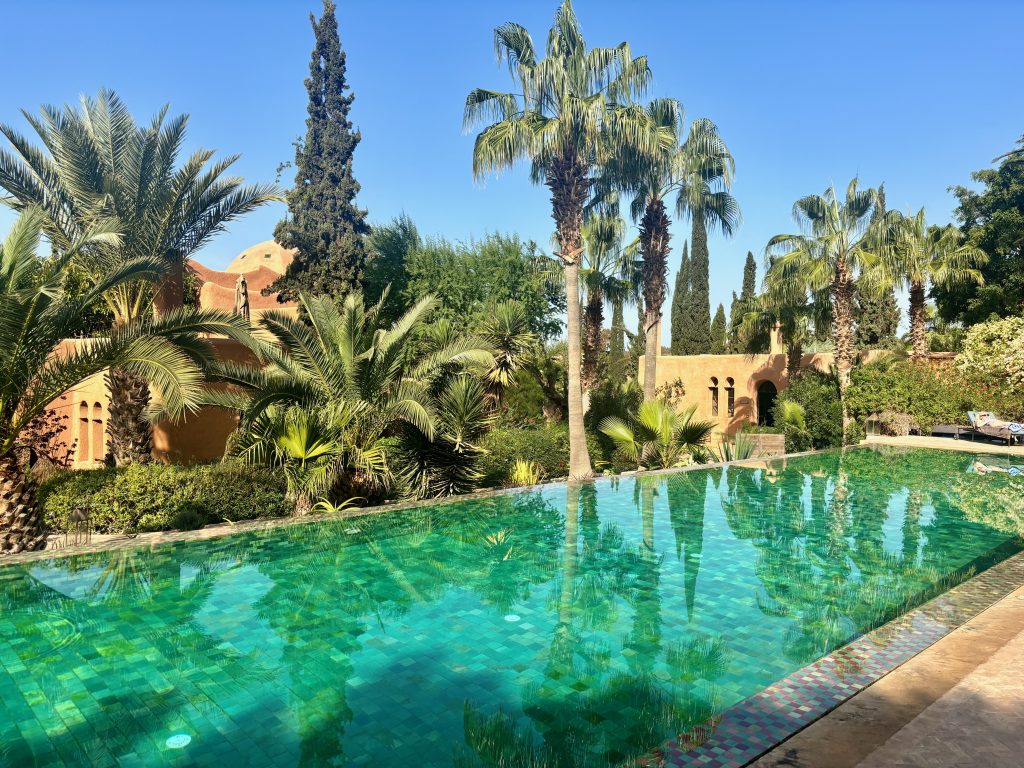
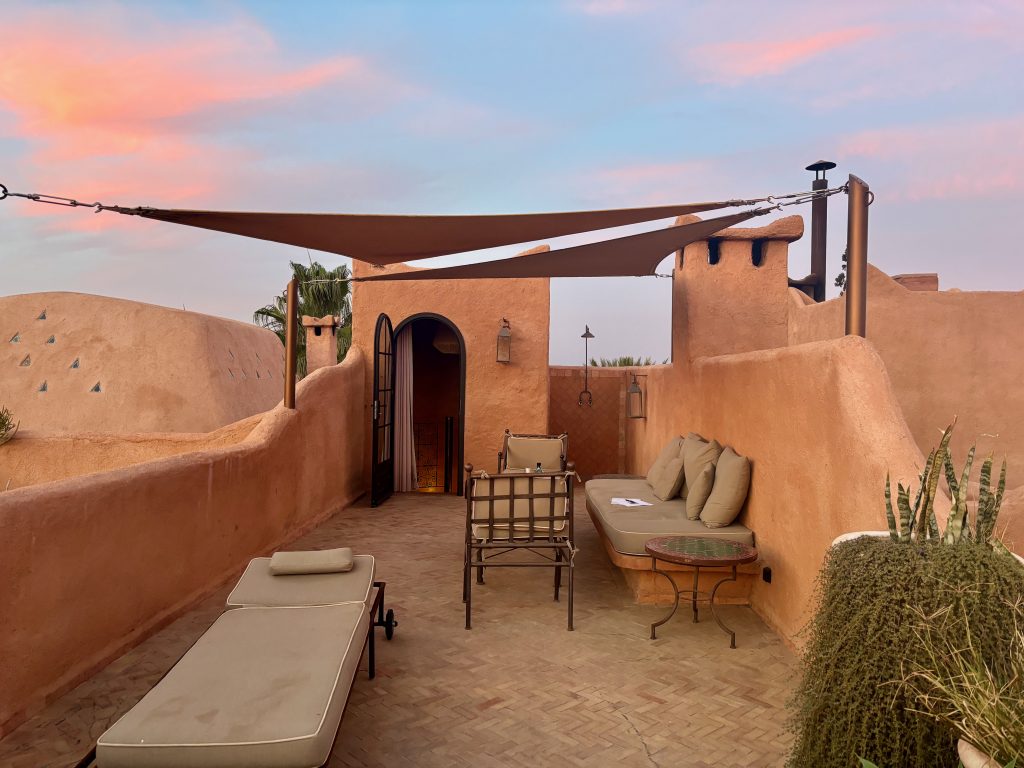
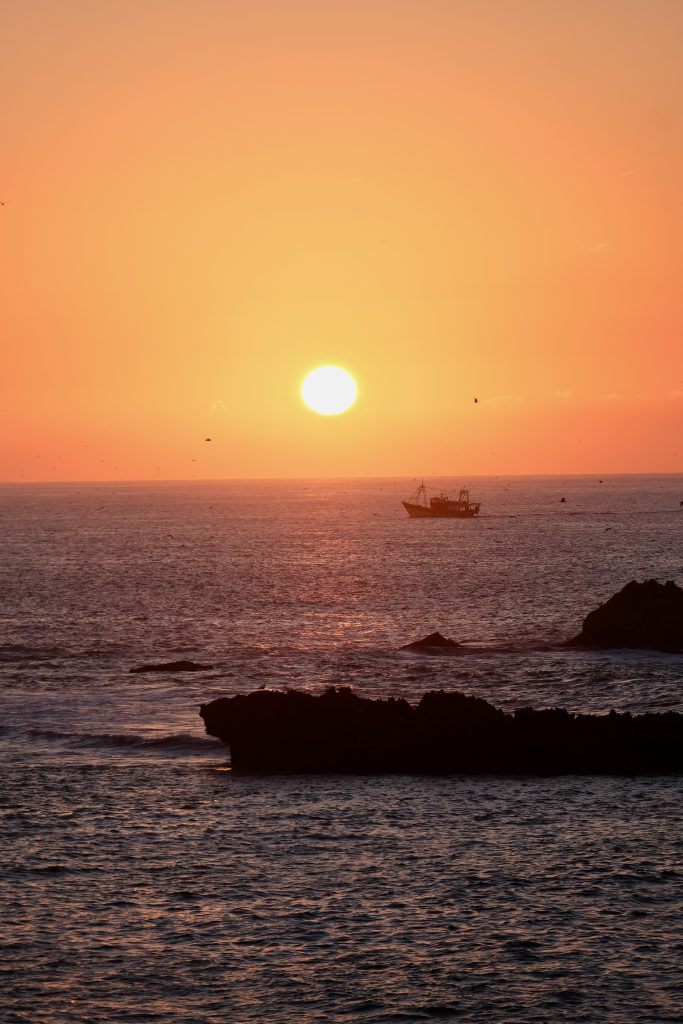
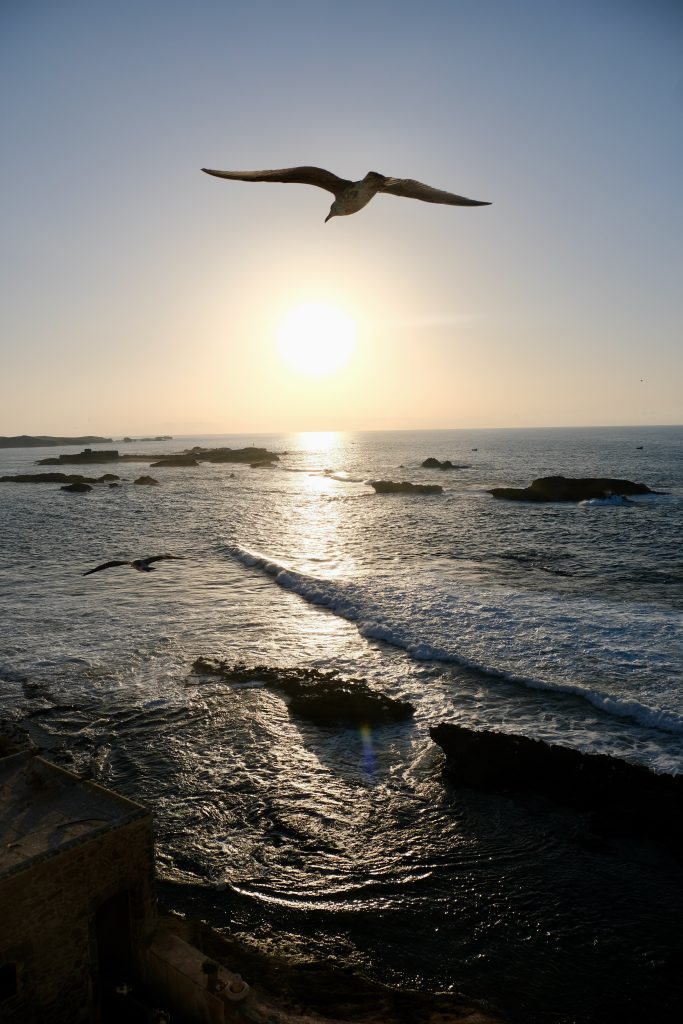
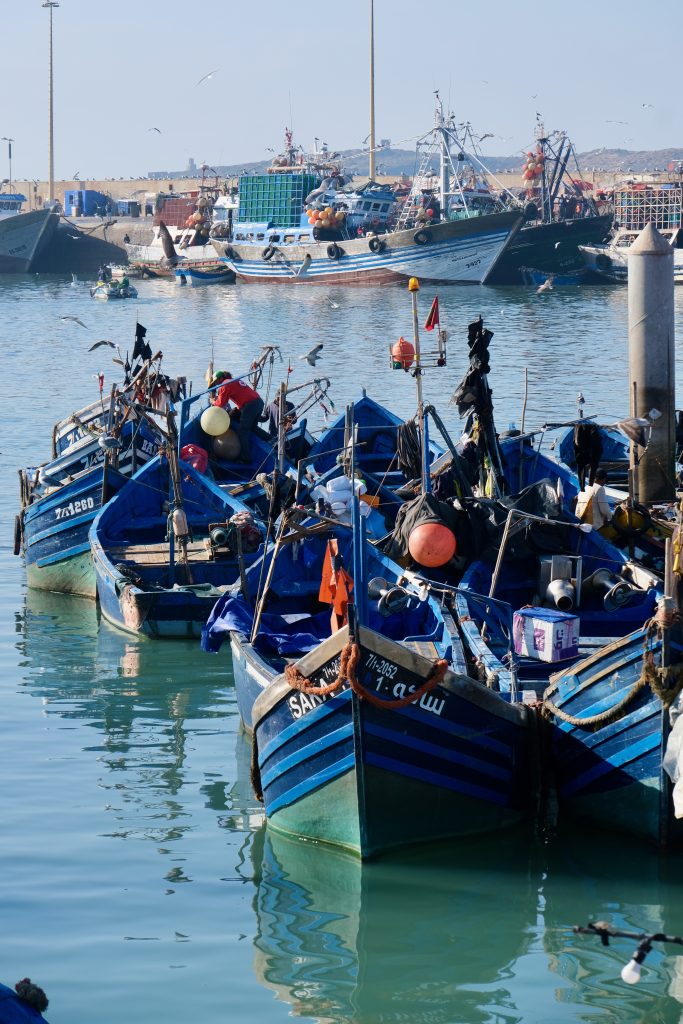
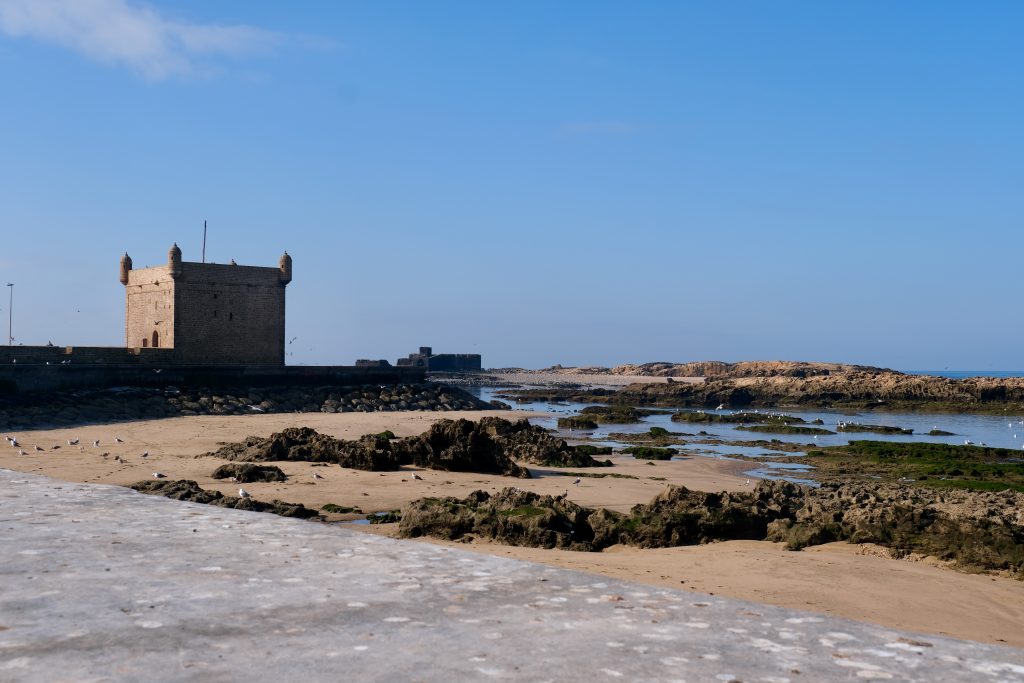
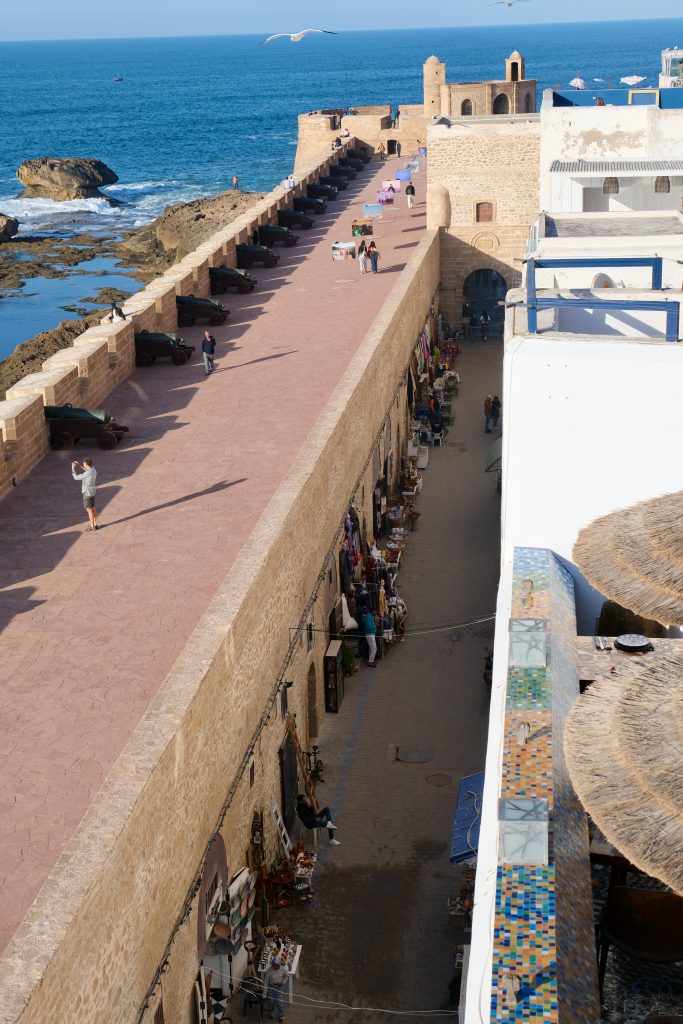
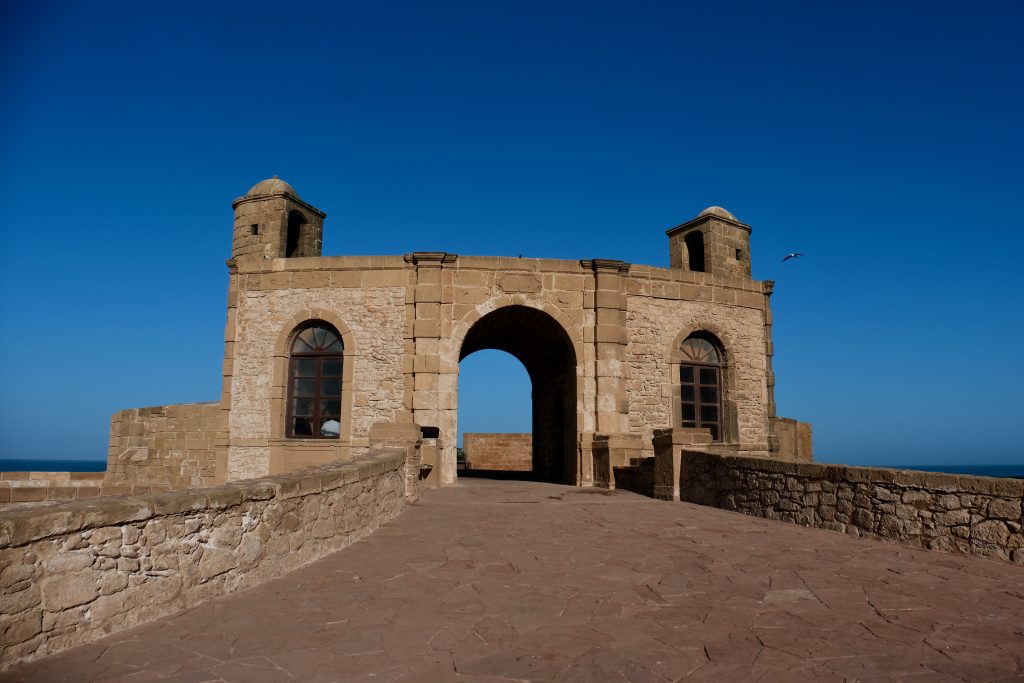
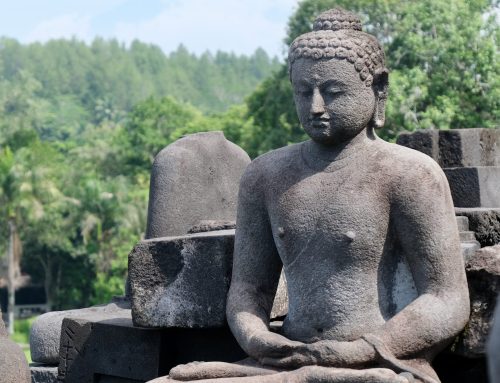
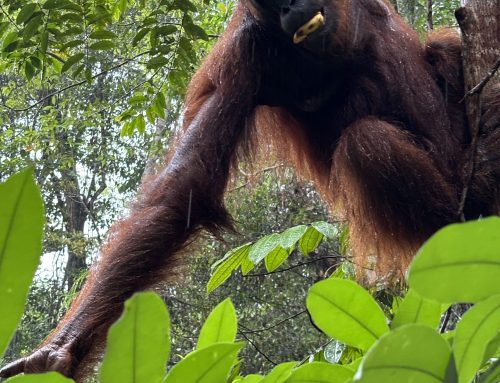
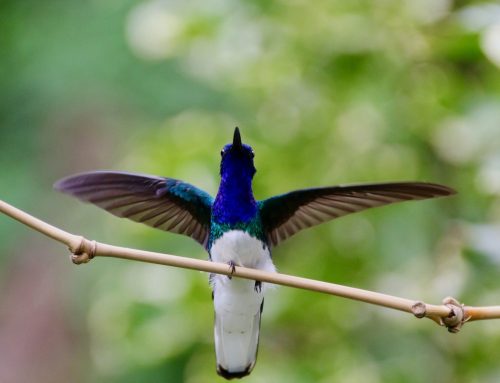
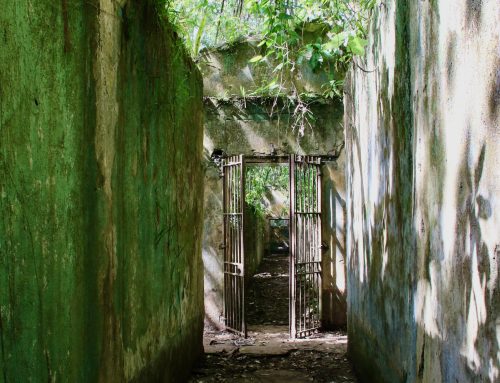
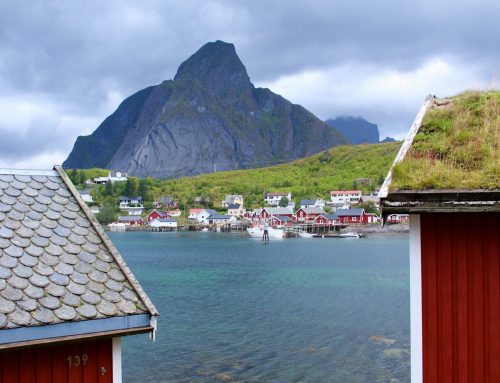
Leave A Comment